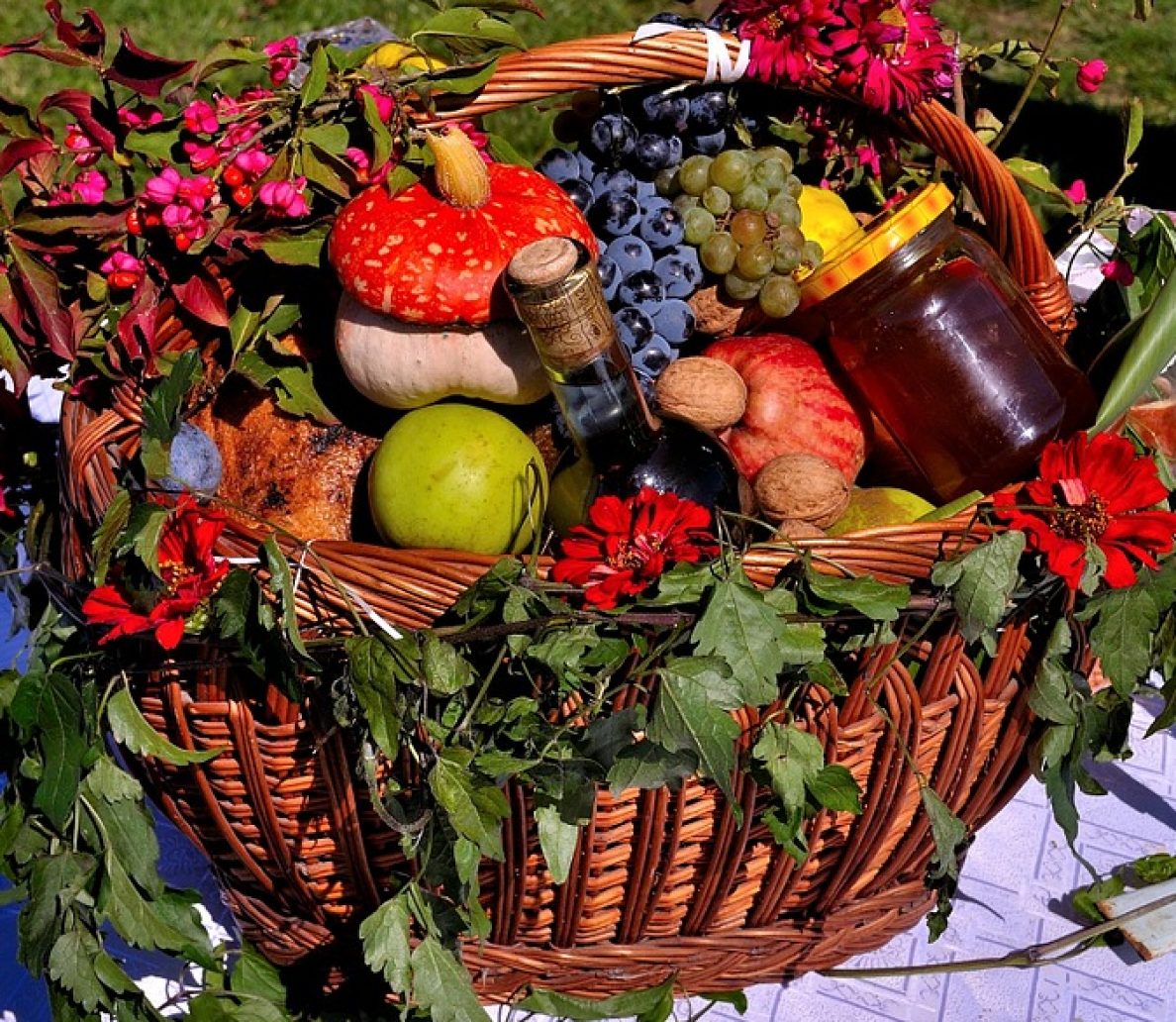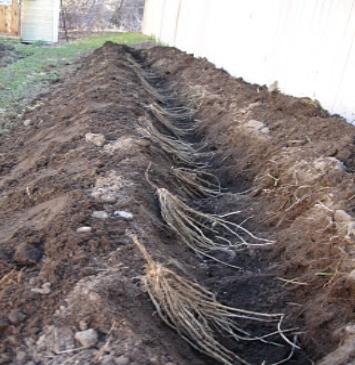Tasks to do in July
The wonderful crisp frosts these last few mornings really made getting out into the garden early in the morning a real challenge. However, it is certainly worth taking a few quick trips around your garden when the frost is thick on the ground to check out the areas where the frost is thickest and to locate those areas of your garden which are relatively well protected from the frost. This will be exceptionally useful information when you are next selecting a site for new plants.
Of course, there is nothing like some digging, raking or wheeling a few barrows full of compost around to invigorate you – it can really get the circulation going and leave you with a marvelous sense of achievement! So out of that comfy armchair and out into the vegie patch!!!
The “to do” list:
• Continue to feed brassicas, lettuces, Chinese greens etc. fortnightly with liquid manure and seaweed emulsion to keep them growing quickly
• Plant broad beans, beetroot, lettuce seeds or onions in raised beds with a cloche for winter warmth.
• Purchase your seed potatoes now and store until ready to plant. If you leave it too late, most of the interesting varieties could be sold out.
• Keep a close eye on your stone-fruit trees and spray with lime-sulphur at first signs of bud swell and again a fortnight later to prevent leaf curl. Prevention is the only cure for this problem.
• Break up clumps of chives and shallots and replant offsets – I have plenty of chives for anyone wanting to start a clump.
Kale Chips
If you have some extra Kale growing; consider baking some Kale chips as a very healthy treat for everyone.
1. With a knife or kitchen shears carefully remove the leaves from the thick stems and tear into bite size pieces. Wash and thoroughly dry kale with a salad spinner. Drizzle kale with olive oil and sprinkle with seasoning salt. Place on an oven tray covered with baking paper.
2. Bake in a moderate oven until the edges brown but are not burnt, 10 to 15 minutes. Enjoy!
Happy gardening everyone!




